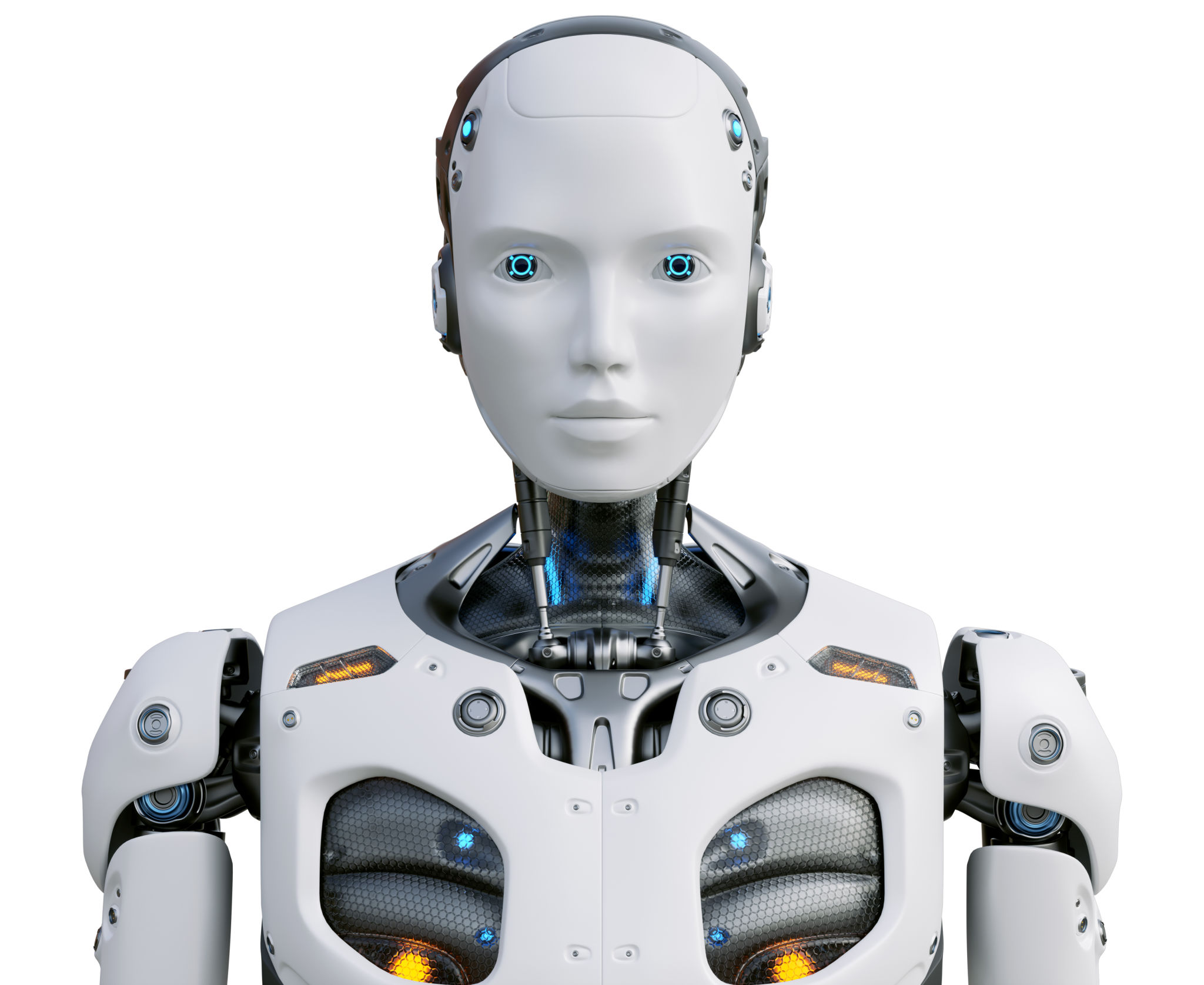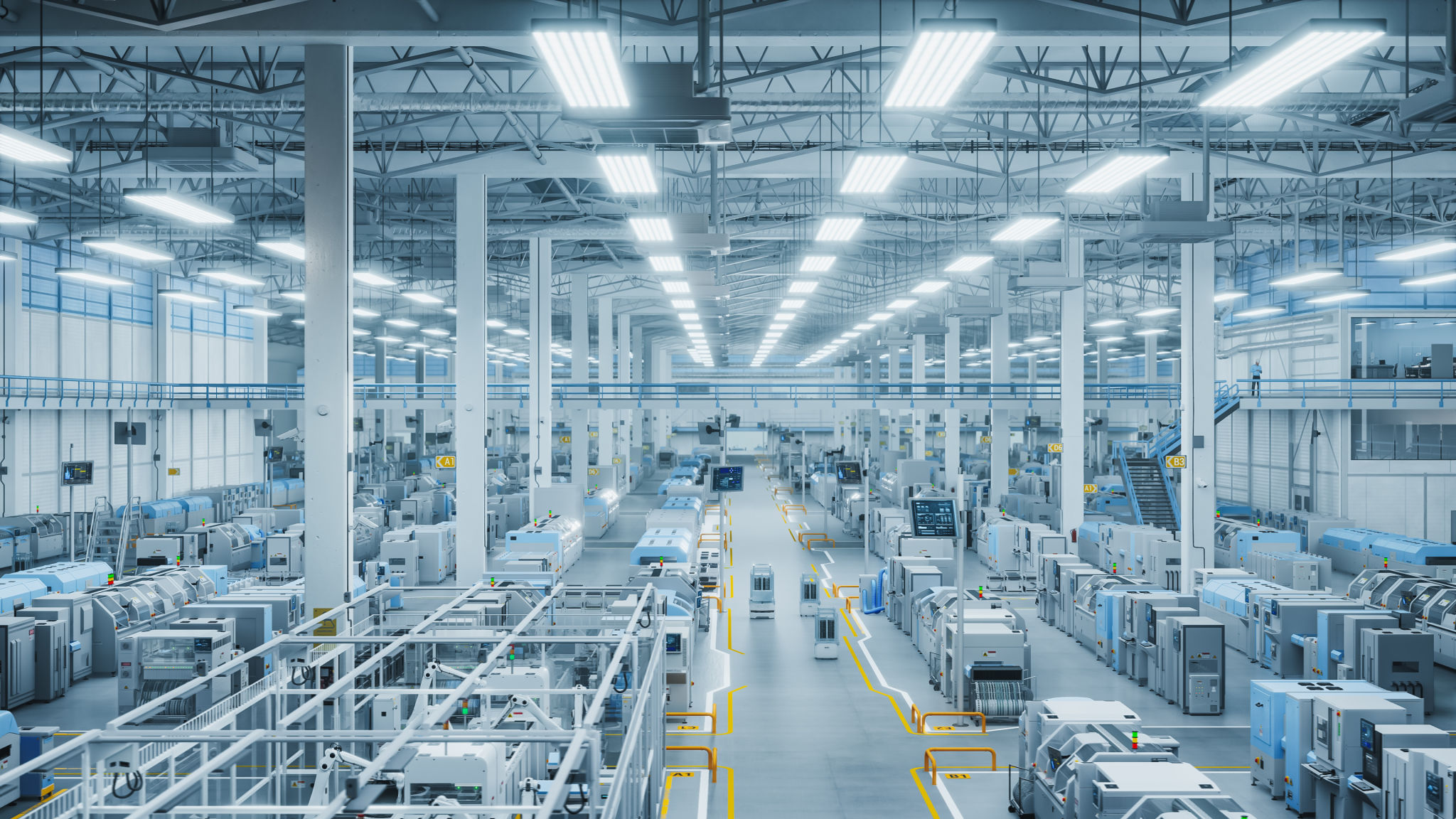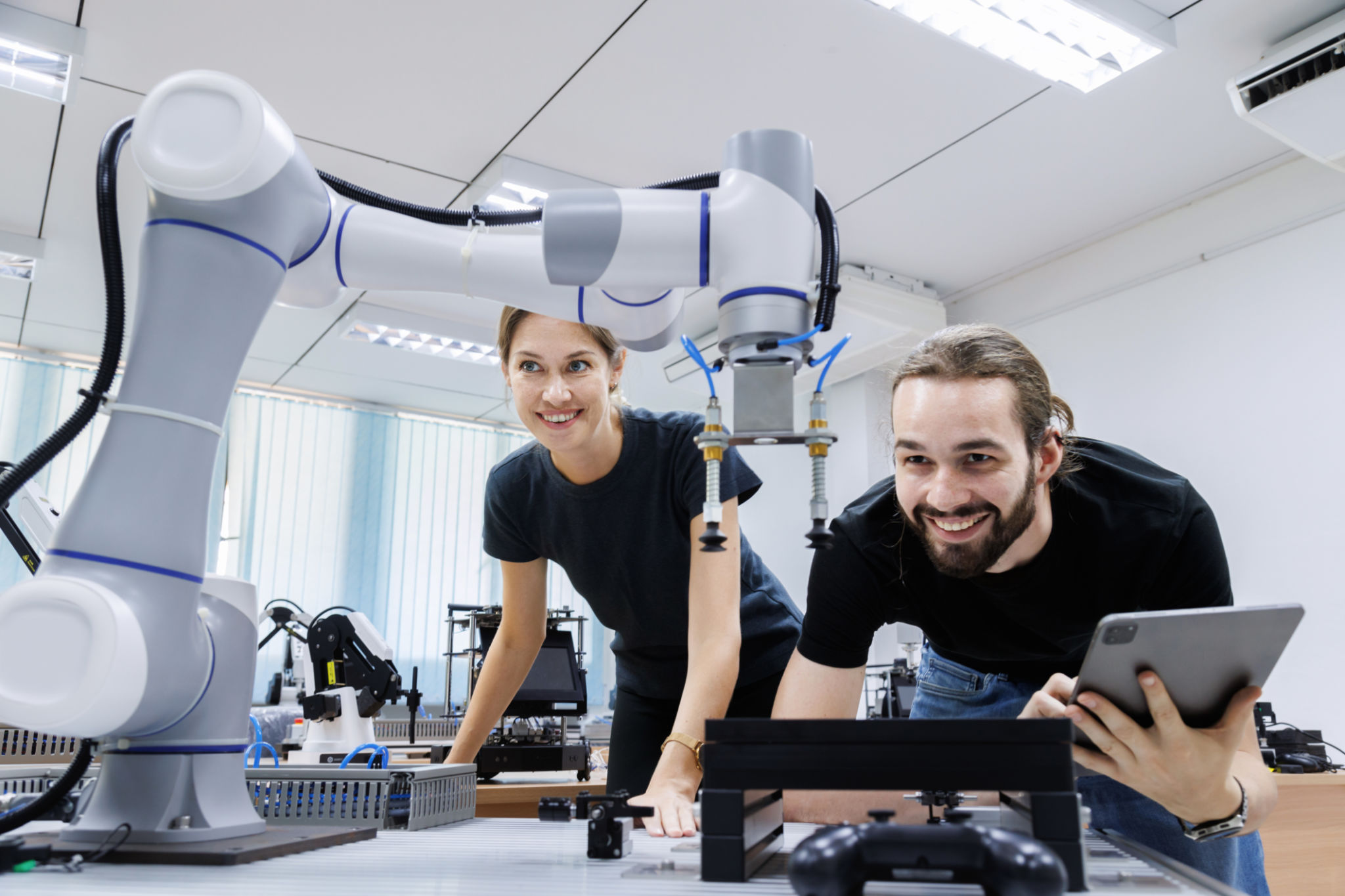Comparing Industrial Robots: What Texas Companies Need to Know
Understanding the Industrial Robotics Landscape
As the industrial sector continues to evolve, the role of robots in manufacturing and production has become increasingly significant. For companies in Texas, where industries such as oil, gas, and technology are prominent, understanding the different types of industrial robots is crucial for staying competitive. This guide will help you navigate the complexities of industrial robotics and make informed decisions for your business.

Types of Industrial Robots
Industrial robots come in various forms, each designed to perform specific tasks efficiently. The most common types include:
- Articulated Robots: These are versatile robots with rotary joints, often used for assembly, painting, welding, and material handling.
- SCARA Robots: Known for their speed and precision, SCARA robots are ideal for pick-and-place tasks and assembly operations.
- Delta Robots: With their spider-like design, delta robots are perfect for high-speed operations such as packaging and sorting.
- Cylindrical Robots: These robots are used for tasks that require cylindrical movement, such as simple assembly operations.
Key Factors to Consider
When selecting an industrial robot, Texas companies should consider several important factors:
- Application Needs: Determine what tasks the robot will perform and choose a type that suits those specific needs.
- Payload Capacity: Ensure the robot can handle the weight of the materials it will work with.
- Reach and Speed: Evaluate how far and fast the robot needs to move to complete its tasks efficiently.
- Environmental Conditions: Consider factors such as temperature, humidity, and cleanliness of the workspace.

The Benefits of Automation
Integrating industrial robots into your production line offers numerous benefits. Not only can they enhance productivity by working faster and longer than human workers, but they also improve precision and reduce the likelihood of errors. This leads to higher quality products and increased customer satisfaction.
Moreover, automation allows businesses to optimize their workforce by reallocating human resources to tasks that require creativity and problem-solving skills. This shift not only maximizes efficiency but also enhances employee engagement by reducing repetitive manual labor.
Challenges and Considerations
Despite the advantages, implementing industrial robots comes with its own set of challenges. Companies need to invest in training employees to work alongside these machines effectively. Additionally, initial costs can be high, so it's important to calculate the return on investment carefully.

It's also vital to ensure that your facility's infrastructure can support robotic systems. This includes having adequate power supply, space for installation, and a robust IT network for seamless integration with existing systems.
Future Trends in Industrial Robotics
The future of industrial robotics is promising, with advancements in artificial intelligence and machine learning paving the way for smarter robots. These technologies enable robots to learn from their environment and adapt to new situations, making them more flexible and capable than ever before.
For Texas businesses looking to stay ahead in a competitive market, keeping an eye on these trends and continuously upgrading their robotic systems will be key to maintaining a leading edge in their respective industries.